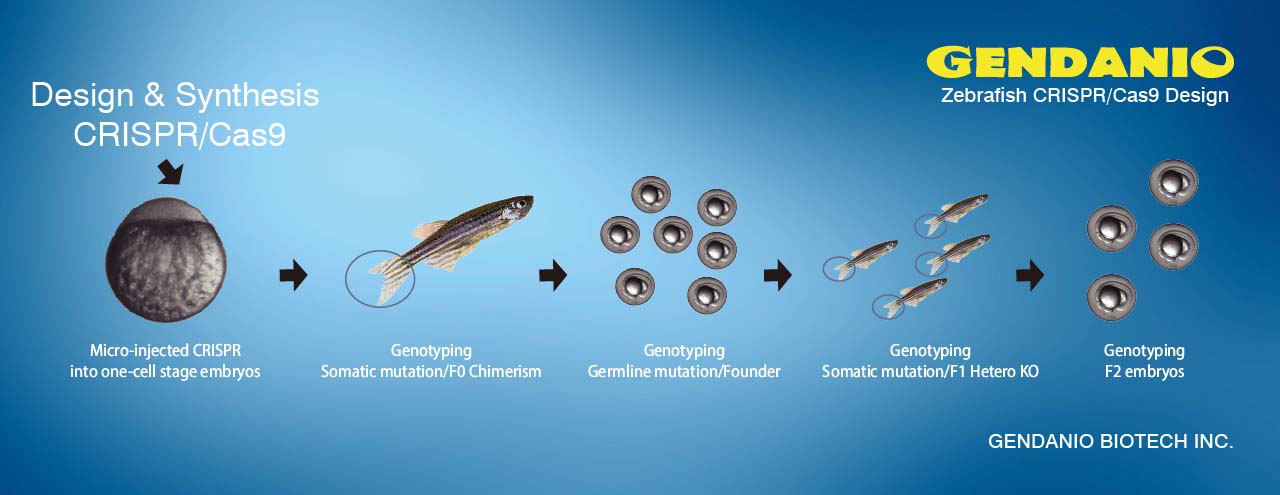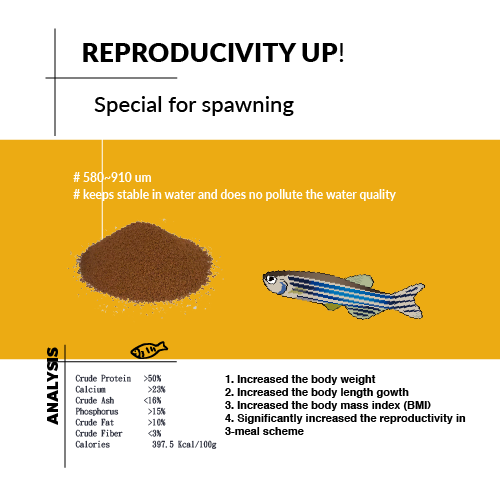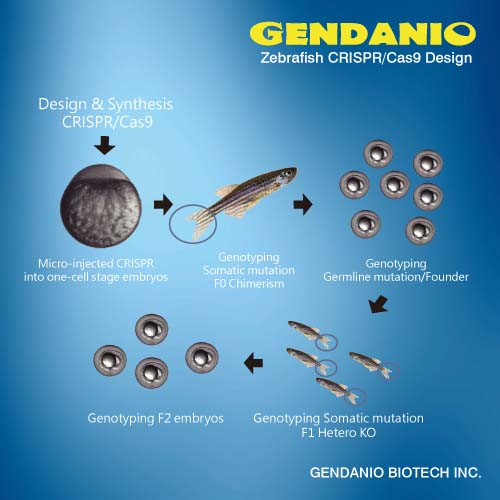Phreatichthys andruzzii has a clock that can be regulated by feeding behavior
Click image to enlarge Somalian cavefish. Photo credit: Saulo Bambi |
Can animals that have evolved for millions of years underground, completely isolated from the day-night cycle, still possess a body clock? Does this so-called circadian rhythm persist in species that have evolved under conditions of constant darkness?
A new study addressing these fundamental questions has investigated the biology of a cavefish known as Phreatichthys andruzzii, which has lived isolated for 2 million years beneath the Somalian desert, and come up with some remarkable findings.
Many fish species have evolved in the absence of sunlight in cave systems around the world, sharing a common set of striking adaptations including eye loss. The new study has found that this particular species of cavefish, which is totally blind, has an unusual circadian clock operating on a 47 hour cycle.
The circadian clock is a widespread physiological timing mechanism that allows organisms to anticipate and adapt to the day-night cycle. Since it ticks with a period that is not precisely 24 hours, it is vital that it is reset on a daily basis by signals such as light to ensure that it remains synchronized with the day-night cycle. Yet the molecular mechanisms whereby light regulates the clock remain poorly understood.
The importance of fish in studies of this type
Fish have emerged as useful models in studies of this type, since in most of their tissues, direct light exposure resets the clock. This differs from the situation in mammals, where light regulates the clock only indirectly through the eyes. However, the identity of the photoreceptors that must be widely-present in fish tissues has remained a mystery.
"Cavefish give us a unique opportunity to understand how profoundly sunlight has influenced our evolution," explains Cristiano Bertolucci, co-author of this latest study. The authors' starting point was to compare the circadian clock of the blind, Somalian cavefish with the zebrafish, a widely-kept aquarium species that has normal vision and with which it has a distant relationship.
The researchers studied the locomotor activity and clock gene expression in both species when they were exposed to a light-dark cycle. While they obtained evidence for a robust circadian clock in the zebrafish that was synchronized with the light cycle, no rhythmicity was detected in the cavefish. However, in a comparable study where both fish were exposed to an alternative timing signal, in the guise of a regular feeding time, both zebrafish and cavefish displayed circadian clock rhythmicity.
Food can be a trigger
As a result, the investigation concluded that the cavefish still has a clock that can be regulated by feeding behavior, but which cannot be reset by light. In a more detailed study, the scientists were able to show that the cavefish retains a clock that ticks with an abnormally long period. Strikingly, they also found that the lack of its resetting by light is not due to eye loss in this fish; instead, mutations in two widely-expressed opsin photoreceptors have resulted in the clocks in most tissues being unable to respond to light.
"This work holds great importance for two major fields of interest," explains Nicholas Foulkes, another co-author of the study. "Firstly, it provides a fascinating new insight into how evolution in constant darkness affects animal physiology. While most detailed molecular studies of cavefish have focused on the mechanisms underlying eye loss, very little is known about other, broader adaptations to life without sunlight.
"Second, this work provides the first genetic evidence for the identity of the widely expressed photoreceptors in fish. This study sets the stage for a more complete understanding of how such clocks respond to their environment."
Reference: Cavallari N, Frigato E, Vallone D, Fro¨ hlich N, Lopez-Olmeda JF, et al. (2011) A Blind Circadian Clock in Cavefish Reveals that Opsins Mediate Peripheral Clock Photoreception. PLoS Biol 9(9): e1001142. doi:<10.1371/journal.pbio.1001142>
Source: FishChannel.com






















